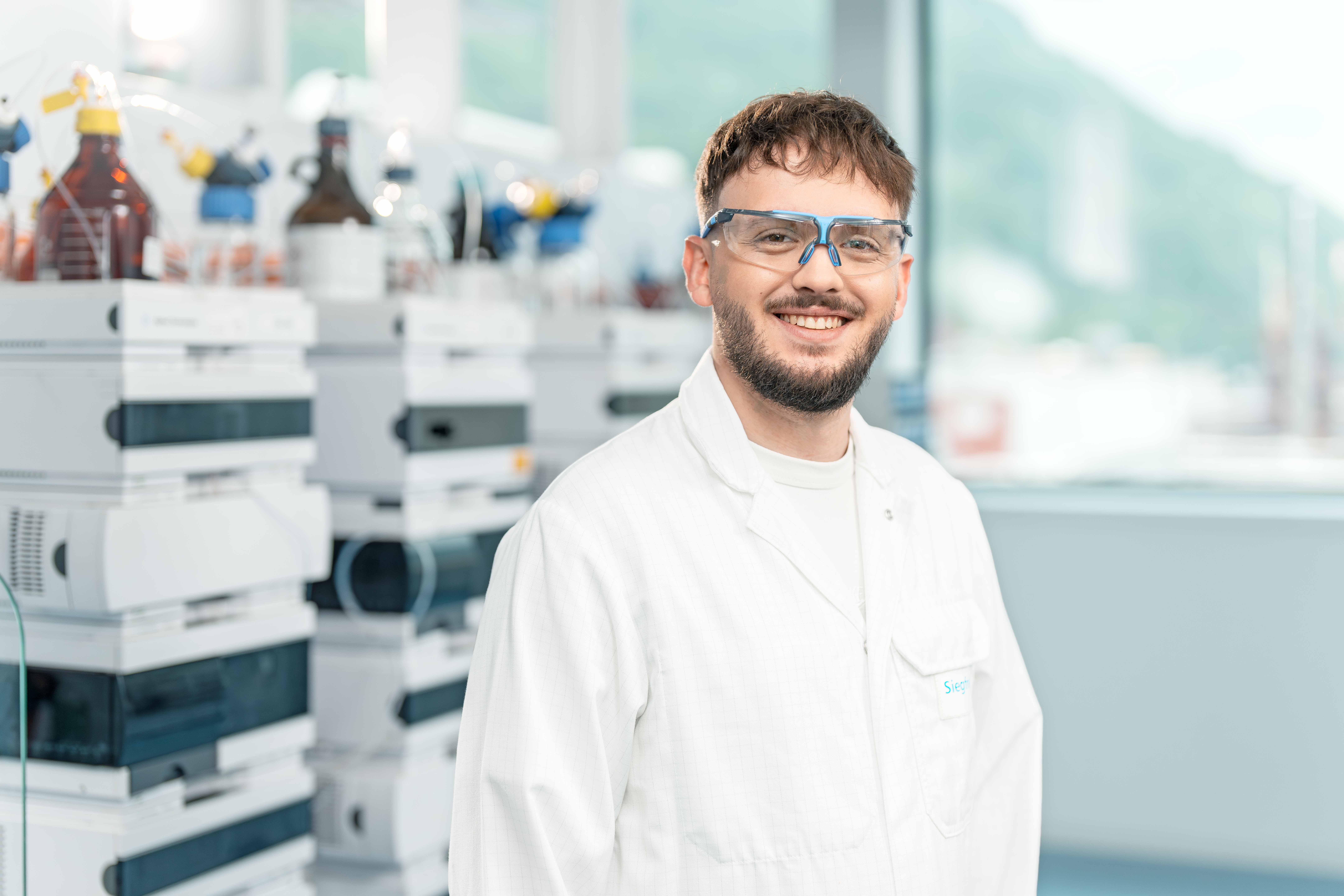The U.S. holds a dominant position in the global pharmaceutical industry, with a market valued at more than 600 billion USD — representing roughly one-third of the global market and nearly half of worldwide pharmaceutical sales. Yet despite this leadership, many U.S.-based pharma and biotech companies still send early-phase development overseas. The reality is, there are strong reasons to keep these critical steps closer to home. Partnering domestically can save time, reduce risk, and streamline the path from discovery to commercialization. These advantages start with one of the most critical factors in drug development: speed.
Faster timelines
Speed is one of the most obvious advantages. Domestic development eliminates risks of offshore delays such as customs hold-ups, tariffs, shipping issues, and language or cultural barriers. With a US-based CDMO, these potential obstacles simply don’t exist, enabling projects to progress more smoothly and quickly.
If a molecule falls under controlled substances, timelines are even more critical. U.S.-based CDMOs with DEA-approved registrations can begin development immediately, while overseas providers may require lengthy approvals or face restrictions that slow progress dramatically.
Stronger regulatory alignment
A US-based CDMO operates within the same regulatory framework as its clients, offering an innate understanding of FDA expectations and compliance standards. In contrast, overseas providers may interpret or prioritize regulatory requirements differently, potentially leading to gaps in documentation or process alignment.
Just as important, U.S. partners operate under strict worker safety and environmental regulations. Offshore providers may not hold to the same standards, which can result in processes that aren’t scalable, or may not be accepted, once the project transitions back to the U.S. for later-stage or commercial manufacturing.
Enjoy this article?
Subscribe to explore more expert insights:
Reduced tech transfer risks
Technology transfer between development phases is inherently complex. When early-stage work is done abroad, transferring processes, knowledge, and documentation back to the US for later stages introduces extra layers of risk. This includes differences in language, standards, and interpretation, which can all cause costly misunderstandings. By developing domestically, these risks are minimized, ensuring a seamless transfer across all phases.
Easier collaboration and communication
Physical proximity fosters real-time collaboration, minimizing delays and supporting a smoother scale-up process. Face-to-face meetings are far simpler without the need for long-haul travel, and in-person interactions can resolve misunderstandings that virtual meetings might miss.
Even when projects are managed virtually, time zone differences create underestimated costs. A seven-hour gap between teams means a simple question can add a full day of delay for each round of feedback. With a U.S.-based partner, collaboration happens in real time, accelerating decision-making and reducing costly downtime.
The US-based Siegfried Acceleration Hub offers early-phase development and manufacturing
With the advantages of domestic early-stage development clear, Siegfried’s Acceleration Hub in Grafton, Wisconsin is designed to help pharma and biotech companies move their molecules from discovery to commercialization efficiently. As part of a global network with expertise spanning early-phase development to commercial manufacturing, the Acceleration Hub ensures speed, reliability, and quality at every step.
By partnering with a U.S.-based facility like Siegfried’s Acceleration Hub, our partners benefit from streamlined processes, seamless technology transfer, and real-time collaboration—helping them bring their innovations to market faster and more confidently.
If you are interested in learning more about the Siegfried Acceleration Hub and its capabilities, contact us:

